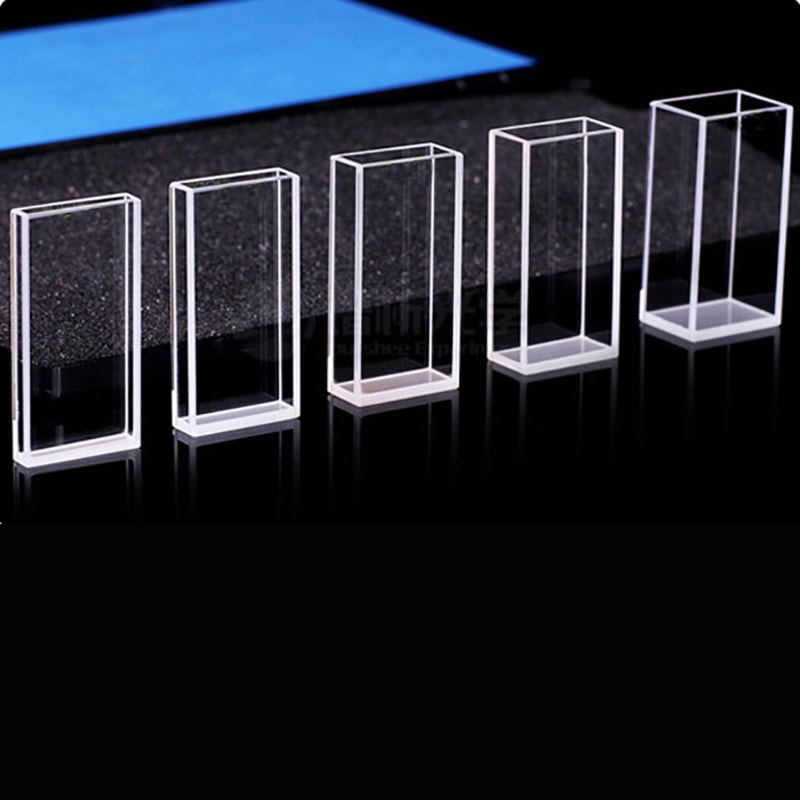Spectrophotometry is a cornerstone of scientific research It is a method of revealing the mysteries of light absorbance and transmittance over certain wavelengths. Cuvettes are the core of spectrophotometry. It’s a basic yet crucial vessel used to contain samples to be analysed. Cuvettes may seem straightforward, but their complex, from cuvette’s length to the material selection provide the key to unlocking precise information on the concentration of substances and their the purity of the substance. This fascinating field will be explored that reveals how cuvette dimensions as well as dimensions influence the results of each test.
Power of Cuvette Path length
Imagine that a beam passes through an object. The result is based on how long the path of the cuvette. This is how far that light travels through the fluid. Many labs use the standard cuvette that has one centimeter of path. This is the best solution to balance sensitivity and practicality. What’s the reason? The longer the path, the more light is absorbed, amplifying the signal for less concentrated samples. A shorter path could make a big difference for high concentration solutions like nucleic acids or proteins. This decreases dilution and helps preserve precious samples, while also cutting down on the time needed to prepare. What’s the lesson to be learned? It’s a fine art to ensure that the length of a path is in line with sample needs. This can improve accuracy.

Image credit: cuvet.co
Cuvette Dimensions: A look at more than what meets the Eye
Cuvette size isn’t just about the volume of liquid that can fit inside, but also how the vessel is used by the spectrophotometer. They are available in a variety of volumes and shapes, which are suitable for specific needs. For instance semi-micro cuvettes with smaller dimensions and more robust walls handle tiny samples like a few microliters of an uncommon biological extract. The thicker walls decrease the volume inside that allows light to flow through without losing any drops. If you compare this to a cuvette standard there is a noticeable difference the reduction in pipetting steps as well as fewer mistakes and results which hold up. This is a clever tweak which shows that size isn’t just an amount of numbers, it’s also a crucial factor.
The 1 cm length of the Path Cube A Lab Favourite
Why does the 1 cm path length cuvette reign supreme in so many experiments? It’s ideal to measure biological parameters where samples are not plentiful and milliliters count. This design is a classic and provides reliable results of absorbance, without overburdening the detector. It is ideal for all kinds of tests, including DNA purity tests to enzyme assays. It’s not the one that can be used for all. If you substitute it for a cuvette having distinct geometry or length, such as one that is used for studying emission and the results may be very different. Choosing the right instrument is crucial, and not just using the one that you are familiar with. A wrongly matched instrument is similar to a cuvette which isn’t matched.
Material Matters: More than Size and Path
Cuvette size is only half the problem. Material choice makes the difference. Glass and quartz cuvettes are notable for their exceptional transmission which allow light to pass through with minimal interference. They’re durable and reuseable. This makes them ideal for spectroscopy. On the other hand plastic cuvettes add value and ease of use to the table. They can be used and thrown away. You don’t have to clean and there is no chance of cross-contamination. These are excellent for aqueous tests or quick DNA/RNA tests. What’s the tradeoff? The trade-off? It’s a classic instance of purpose, dictating quartz for the purists, plastic for the pragmatic.
Precision in Practice
The great thing about cuvettes is in their ability to adapt. The combination of spacers and shorter lengths of path allows the handling of samples that are concentrated and larger vessels are able to take on large quantities. Each choice of path length, size, or material affects the test, shaping the clarity of the results. Think about a lab that measures a rare protein: A semi-micro cuvette with a short path skips dilution headaches, delivering trustworthy information quickly. When you compare this to an unwise cuvette swap during the experiment and the results are distorted, it’s no wonder. This is a reminder that in spectrophotometry, the tiny details have the greatest impact.
Cuvettes might be small, but their significance is huge. They are available in a wide range of sizes including the cuvette that has one centimeter length to those made to order. They help bridge the gap between insight and sample. When it comes to pureness or concentration with the proper cuvette, it can transform the best measurement into an outstanding one-of-a-kind proof of the fact that in science, precision is based on the instruments at the ready.